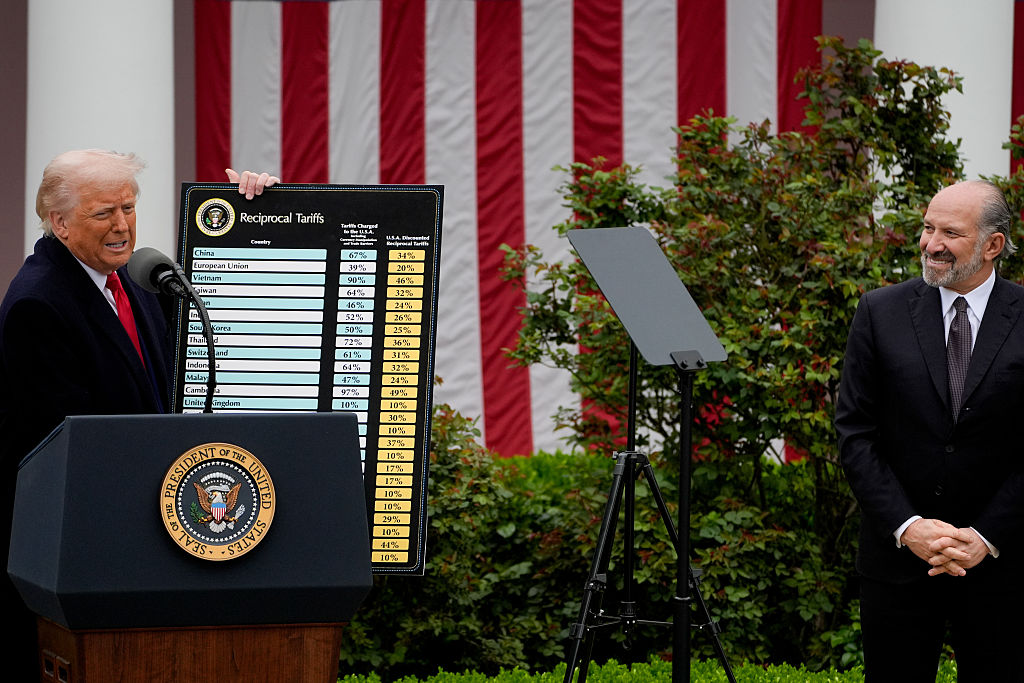Brazil and Mexico Square off over Terms of Auto Pact
Brazil and Mexico Square off over Terms of Auto Pact
Mexico agreed to change a longstanding auto trade deal with its regional competitor, as Brazil demanded greater protections for its car industry.
Updated March 16, 2012 - How can it be that Mexico has higher GDP and industrial growth than Brazil, even as the South American giant is seen as the rising regional star? Some blame negative media coverage of violence in Mexico for obscuring the country’s economic progress. It’s a frustrating issue in Mexico; commenting on the two countries, former Mexican Foreign Secretary Jorge Castañeda said: “There’s only two things in which Brazilians are infinitely better than we Mexicans: one is football, and the other is spinning yarns about their own successes.” Yet an ongoing dispute over an automotive free-trade agreement between the two countries shows Brazil’s industrial sector struggling while Mexico’s hums along.
At issue is a 2002 auto trade accord between the two countries, which Brazil threatened to break unless new conditions were met, leaving Mexican officials on the defense. Brazil’s change of tune could be due to lackluster performance. Last year, Mexican auto exports to Brazil rose by 70 percent, due to rising demand in Brazil from strong consumer spending, especially from the growing middle class. But as a result, Brazil suffered a $1.7 billion trade deficit with Mexico—after enjoying a seven-year surplus. Officials met in Brasilia to discuss the agreement during the first week of March, but they delayed a final decision. Negotiations for the agreement continued during the week of March 12. If the countries canceled the FTA, bilateral trade could fall by up to 50 percent, and could also discourage foreign investment. “If Brazil starts to cancel its trade agreements when it has a deficit, it could decrease investor interest not only in Mexico, but other countries,” Eduardo Ragasol, president of the Mexico-Brazil Business Association, told Reuters. “The consequences transcend the auto industry and create a climate of distrust for lots of other industries.”
There are several changes Brazil wanted to make to the FTA. First, Brazil wanted to raise the required levels of locally produced auto parts from 30 to 40 percent. In Brazil and other Mercosur countries, the minimum local content level is even higher—at 65 percent. Next, Brazil would like to include trucks and buses in the agreement. Mexico would be willing to make this change, as long as it was reciprocal. It also wanted Brazil to make engines that meet both European and United States emissions standards, as Mexico already does. Finally, Brazil wanted to impose quotas. On March 9, Brazil announced the desired quota would be $1.4 billion worth of Mexican auto imports over the next three years. However, Mexican officials promptly rejected the quota and refused to meet the deadline to determine the terms of the negotiations.
While Brazil’s auto industry faces competition, Mexico’s is growing: In 2011, Mexico became the world’s eighth-largest auto producer, and auto production rose by 13 percent from the previous year. Though Brazil is now the fourth-largest auto producer globally, production fell by nearly 8 percent in 2011. For Brazil, one of the biggest barriers to competitiveness is the domestic price of cars—the country charges higher taxes on cars than any of the world’s top auto producers. In addition, the Brazilian auto industry has some of the highest profits worldwide. Bafflingly, this means that the same car produced in Brazil can cost twice as much for a Brazilian consumer than a Mexican buyer.
Moreover, there’s a divergence in the openness of each country’s economy, as Mexico increasingly opens its market and Brazil pursues more protectionist measures. For example, Mexico’s average tariffs are about half of Brazil’s. Brazil pursued numerous measures last year to try to boost local industry, launching the Brasil Maior plan in August that promised tax cuts and export incentives for Brazilian industries to protect them from cheap imports. Meanwhile, Mexico signed two FTAs last year, one with Peru and another with a bloc of five Central American countries. These differing approaches reflect trends in overall industrial production: while it’s on the rise in Mexico, it has remained stagnant in Brazil. In a March 11 interview, President Dilma Rousseff commented on Brazil’s protectionist measures: “Brazil is going to take institutional measures to guarantee that our internal market isn’t cannibalized…we’re going to do the possible and the impossible to defend our national industry.”
After a two day meeting in Mexico City that ended March 15, Brazilian and Mexican officials finally reached a new agreement on the FTA. Brazilians will impose a three-year limit on Mexican auto imports, starting at $1.45 billion this year and rising to $1.64 billion the third year. Mexico also agreed to raise the level of locally-produced parts from the current rate of 30 percent. It will increase to 35 percent the first year, and will go up to 40 percent by the fifth year. Luz Maria de la Mora, a former official at Mexico’s Ministry of Foreign Affairs who worked on the original agreement, complained to Reuters that Brazil had “bullied” Mexico. "What kind of message is Brazil sending to the world? Is this the way emerging economies are going to behave?" she said.
Learn More:
- See the terms of the original FTA between Brazil and Mexico.
- Read about the FTA in The Economist.
- Watch a video of Mexico’s Economy Minister Bruno Ferrari discussing the trade deal.
- Read the March 11 interview with Rousseff about her goal to strengthen the Brazilian industry.








